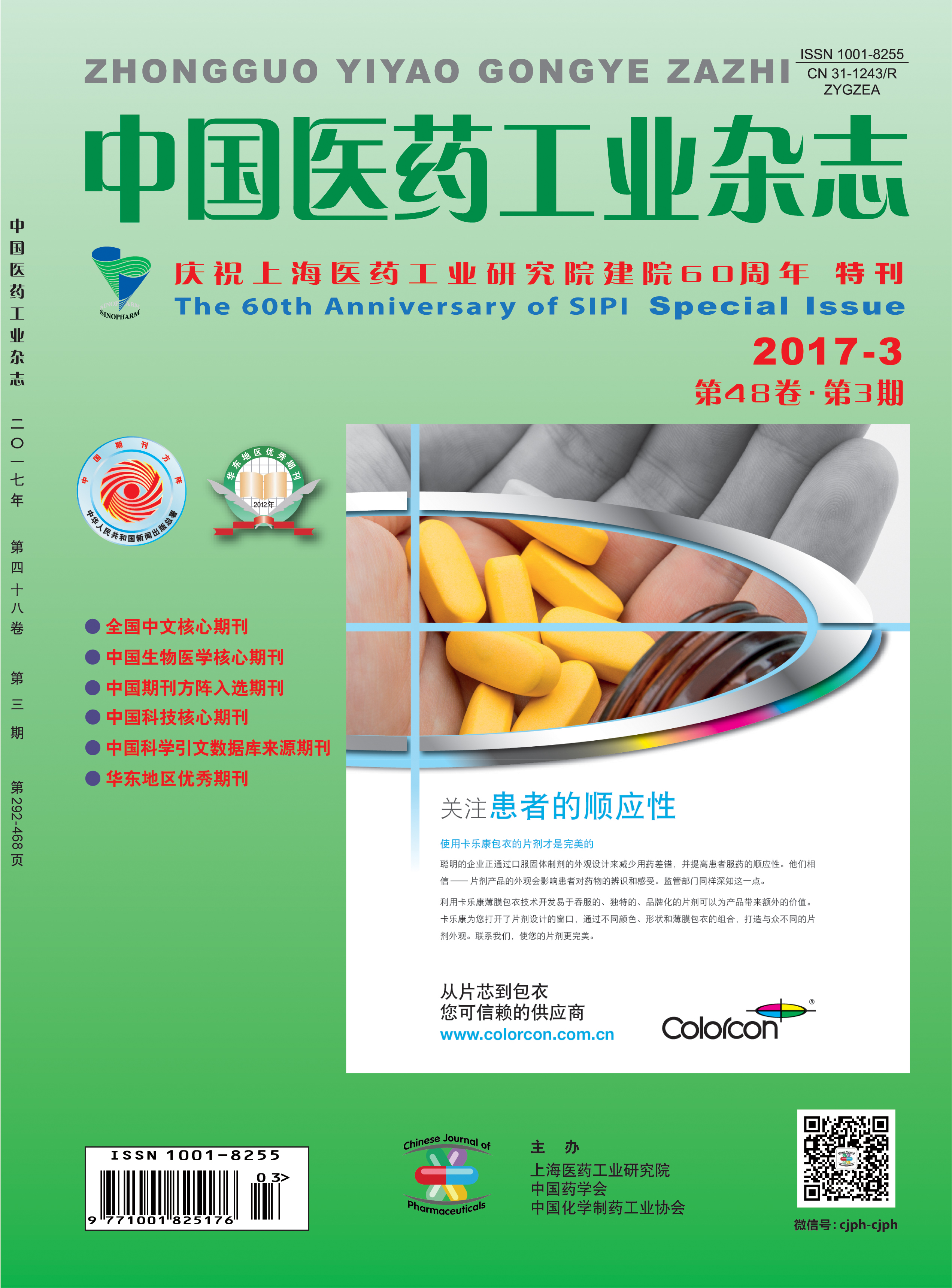LIU Shuai, TANG Chao, SUI Qiang, WU Maocheng, ZHONG Jingfen
To perform the quality control of tofacitinib citrate, six related substances were prepared and confirmed by 1H NMR and MS. These substances were 4-(4-chloro-pyrrolo[2,3-d]pyrimidin-7-yl)-7H-pyrrolo[2,3-d]pyrimidine, N-methyl-N-[(3R,4R)-1-benzyl-4-methylpiperidin-3-yl]-7-methyl-pyrrolo[2,3-d]pyrimidin-4-amine, 3-[(3R,4R)-4-methyl-3-[N-methyl-(7H-pyrrolo[2,3-d]-4,5-dihydropyrimidin-4-yl)amino]piperidin-1-yl]-3-oxopropanenitrile, 3-[(3R,4R)-4-methyl-3-[N-methyl-(7-methyl-pyrrolo[2,3-d]pyrimidin-4-yl)amino]piperidin-1-yl]-3-oxopropanenitrile, N-methyl-N-[(3R,4R)-1,4-dimethylpiperidin-3-yl]-7H-pyrrolo[2,3-d]pyrimidin-4-amine and N-methyl-N-[(3R,4R)-1,4-dimethylpiperidin-3-yl]-7-methyl-pyrrolo[2,3-d]pyrimidin-4-amine.
